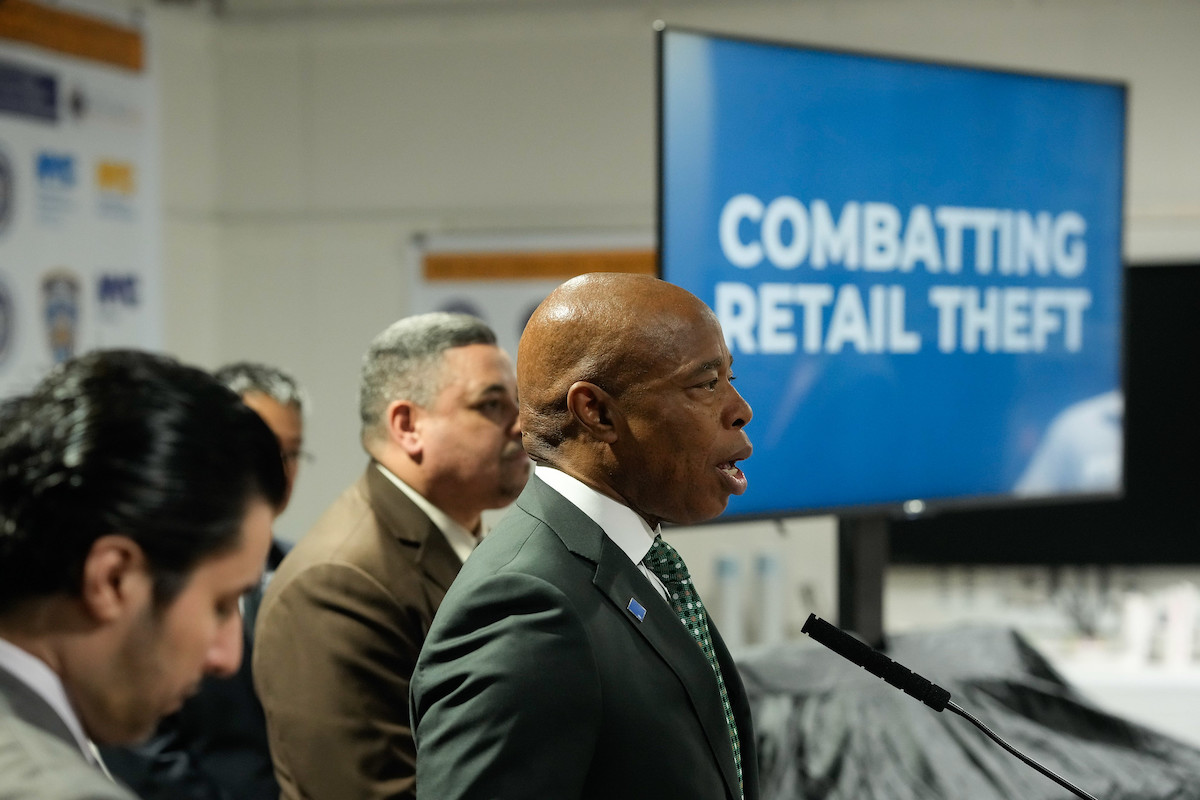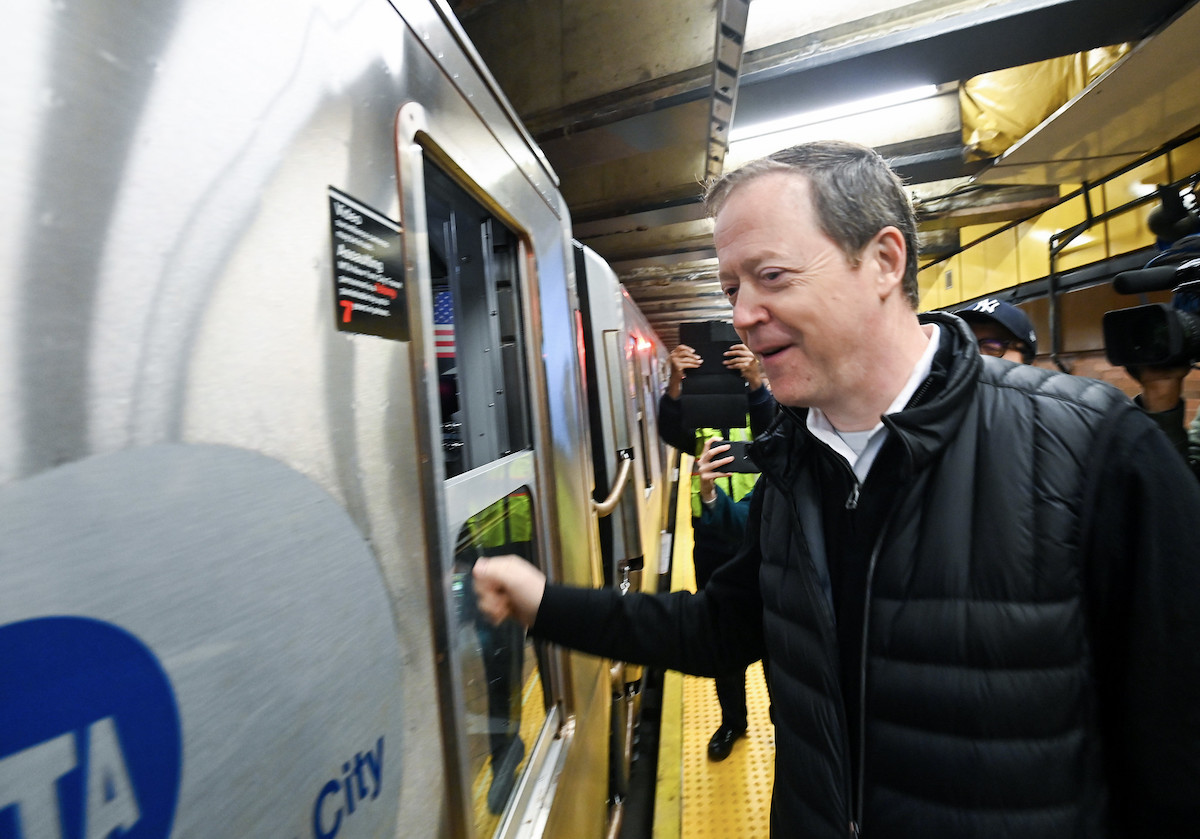Who counts as a "small landlord" in this city? What is an "affordable" apartment? These questions, which would seem to be fairly easy to answer on their face, are instead the subject of no small amount of debate—a debate that's dominated by those who abandon common sense to argue that someone who presumably decided of their own free will to own dozens of apartments is a struggling small property owner and that a studio renting for $3,088/month is a bargain.
But it's worth wading into the discussion, because the answers to these questions have important policy implications. The state's new Good Cause Eviction law exempts "small landlords," which the state has defined as someone who owns 10 or fewer apartments, and a myriad of state and City programs and developer tax breaks—including the recently extended 421-a and newly created 485-x tax breaks—define "affordability" relative to the Area Median Income, a federally set metric that housing advocates have long argued creates "affordable" housing that isn't so affordable to the vast majority of New Yorkers.
In a new Community Service Society report, housing researchers Oksana Mironova and Samuel Stein provide some additional clarity on why the AMI for New York City—and the ways the City and state use it to squeeze a few income-restricted apartments out of developers building new housing in exchange for hefty tax breaks—is so incredibly flawed.
They found that the median renter in New York City "is at the very low end of 'low income,' with household incomes that put them at 59 percent of AMI." They also noted that "at 71 percent of AMI, most New York City residents would be classified as 'low income' according to local and national government standards." Are you a single person who makes $75,000 a year? According to the City, while this doesn't allow you to access other programs that are offered to poor and working-class New Yorkers, you do get to apply for the chance to move into a "low income" apartment—a weird warping of reality that anyone who has applied to the City's housing lottery is well aware of.
Mironova and Stein broke down their findings by borough:
Looking at each borough, we find that the household median incomes are all below 100 percent of AMI—though Manhattan is close. In two boroughs, Brooklyn and Queens, the median resident is “low income” (under 80 percent of AMI) while in the Bronx the median household is “very low-income” (under 50 percent of AMI). In fact, while Brooklyn, Queens, and Staten Island have fairly comparable AMI levels and distributions, the Bronx registers significantly lower, with its median AMI level about the same as the other four borough’s bottom quartile (the median income for the lowest 25 percent of earners).
Are you a Bronx resident making $50,000 a year, the median AMI for the borough? Well, you're not allowed to apply for housing in this building and this building and this building, all listings on the City's "affordable" housing lottery where "affordable" units are only available to those who make $100K or more.
All of this should inform public policy, particularly when it comes to the tax breaks we throw to developers like so much candy. Given that the median renter makes around 60 percent of AMI—for an individual, that's about $59,000/year—shouldn't we prioritize "affordable" apartments that are actually affordable for the many New Yorkers who make even less than that?
Well—that's not quite what happened with the newly approved 485-x tax break. (Hmm—maybe relying on private developers to provide housing that most people can afford is a flawed model?)
As Stein told Hell Gate, "The old 421-a, which the legislature extended, produced 'affordable' rental housing that was targeted to renters making more than twice as much money as most renters earn. The new 485-x has lower income targets, but even the lowest-income housing it will produce will be too expensive for half the city's renters. It will also be more expensive than most Black and Latinx New Yorkers can afford. There is a need for affordable housing at a range of income levels, but let's not kid ourselves: The programs we have today don't reach most of the people who need them."
You can read the full report here.
(Photo credit: Flickr / FHG Photo)





